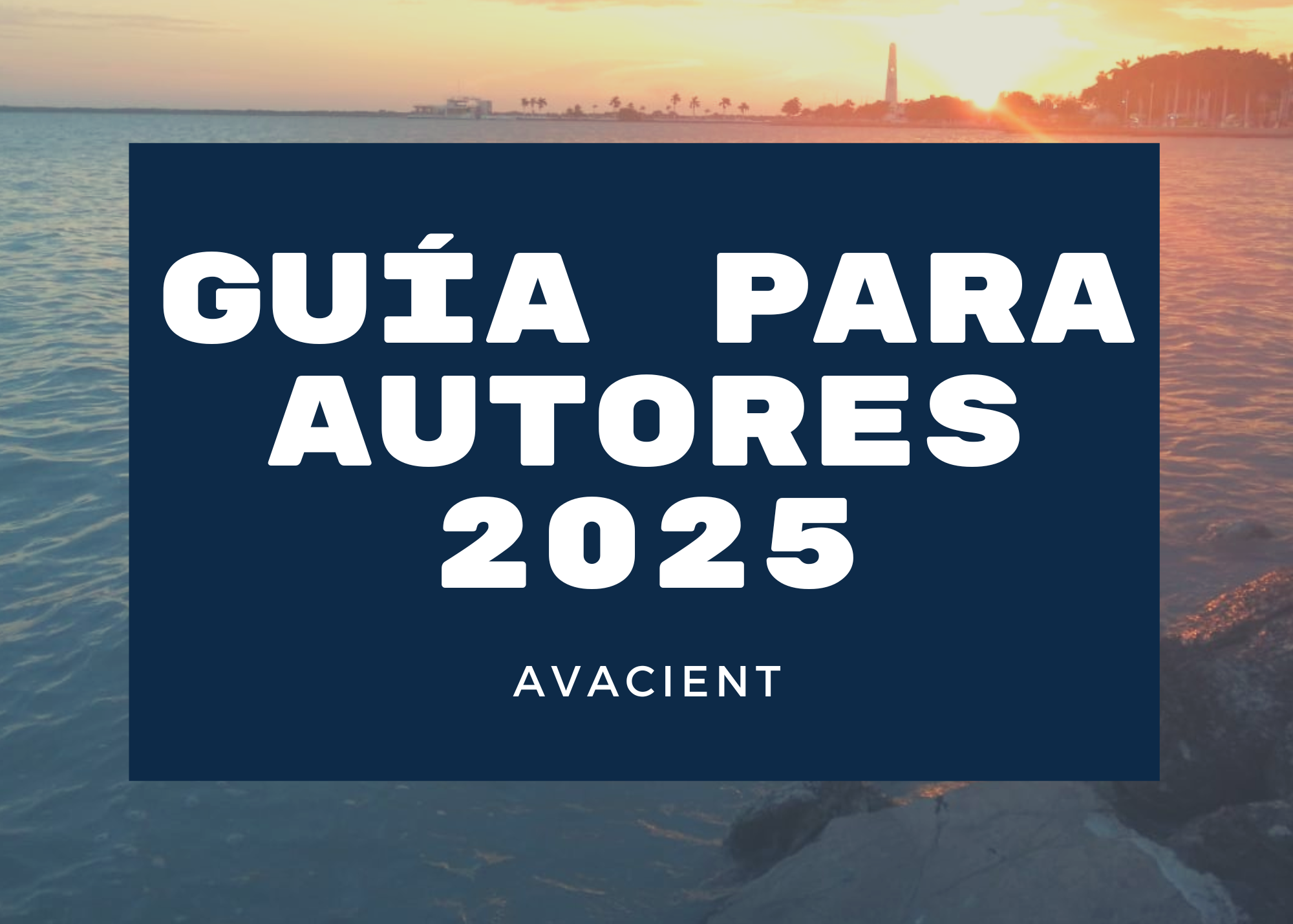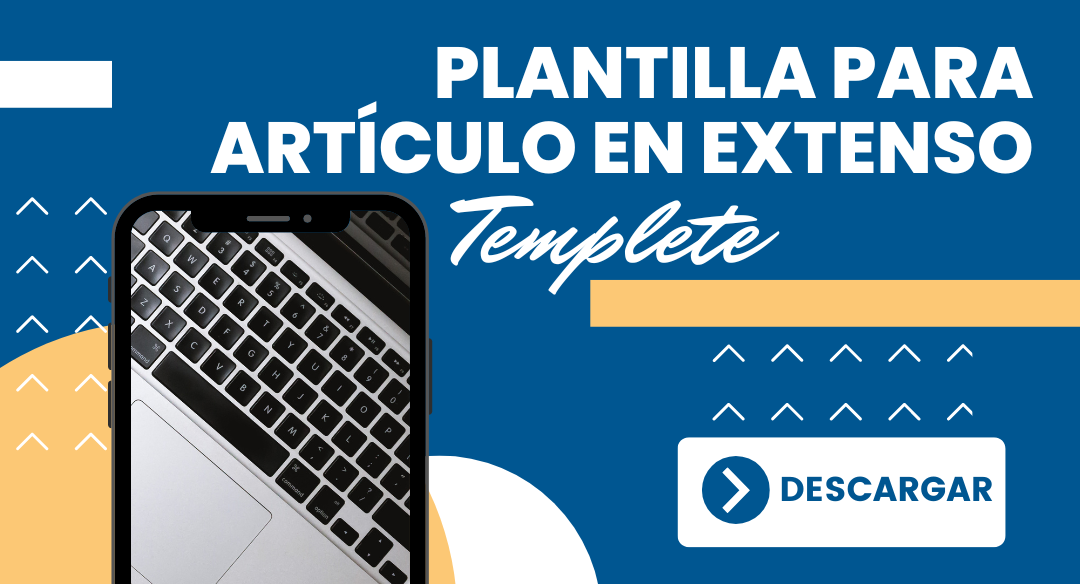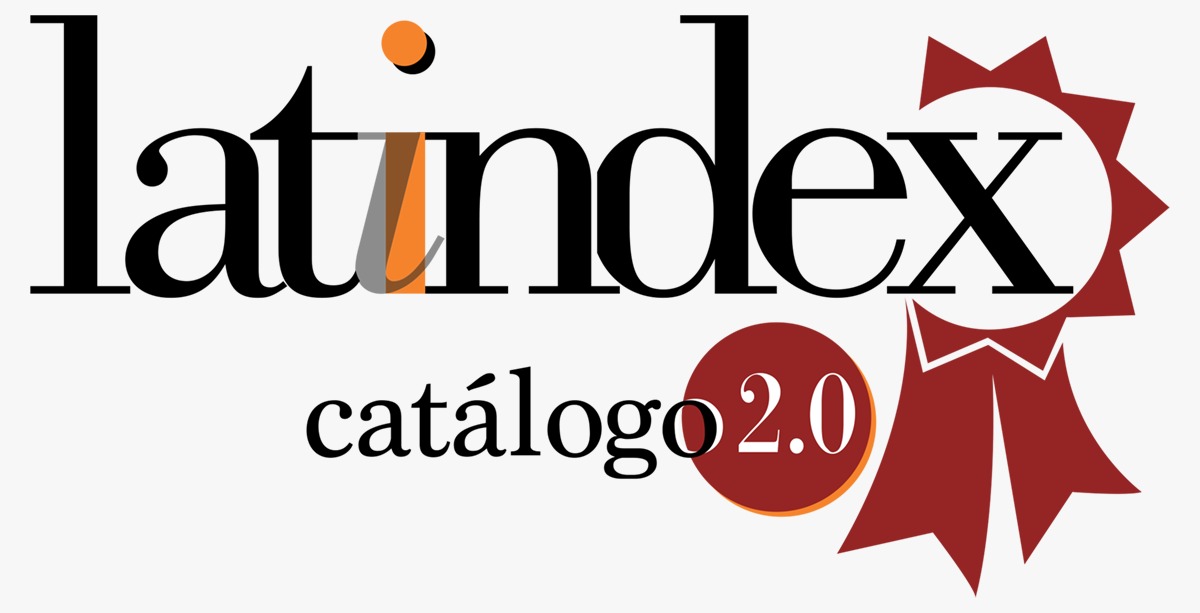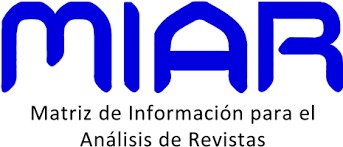TÉCNICAS DE COCCIÓN Y FACTORES QUE AFECTAN LA CALIDAD DE LA CARNE DE CERDO
DOI:
https://doi.org/10.69823/avacient.v3n1a8Palabras clave:
Carne, cerdo, cocción, proteínas, grasasResumen
La ganadería intensiva ha revolucionado la producción y consumo de carne, consolidándose como una fuente esencial de grasas y proteínas. Este trabajo recopila datos sobre las técnicas de cocción, su influencia en las propiedades nutricionales de la carne porcina y los factores que inciden en su calidad. Los métodos de cocción de la carne de cerdo resultan en pérdidas considerables de materia, las cuales varían dependiendo del proceso y el músculo utilizado. También pueden provocar la desnaturalización de proteínas y afectar sus propiedades físicas, incluyendo la distribución del agua, textura y color. Estos métodos de cocción afectan las propiedades sensoriales y la composición nutricional, incluso las reacciones químicas, como la de Maillard, encargada de generar sabores y aromas distintivos. La intensidad de esta reacción aumenta en la medida que el tiempo y la temperatura se incrementan. Las variaciones en las propiedades nutricionales destacan la necesidad de elegir la técnica adecuada para cocinar la carne porcina, además de considerar el sabor y textura. Los métodos de cocción desempeñan un papel crucial en la variación de la calidad nutricional de la carne de cerdo.
Descargas
Citas
Aaslyng, M. D., Bejerholm, C., Ertbjerg, P., Bertram, H. C., y Andersen, H. J. (2003). Cooking loss and juiciness of pork in relation to raw meat quality and cooking procedure. Food Quality and Preference, 14(4), 277-288. https://doi.org/10.1016/s0950-3293(02)00086-1
Afé, O. H. I., Kpoclou, Y. E., Douny, C., Anihouvi, V. B., Igout, A., Mahillon, J., Hounhouigan, D. J., y Scippo, M. (2021). Chemical hazards in smoked meat and fish. Food Science and Nutrition, 9(12), 6903-6922. https://doi.org/10.1002/fsn3.2633
Auqui, S., Egea, M., Peñaranda, I., Garrido, M. D. P., y Linares, M. B. (2019). Rustic Chato Murciano Pig breed: Effect of the weight on carcass and meat quality. Meat Science, 156, 105-110. https://doi.org/10.1016/j.meatsci.2019.05.022
Bejerholm, C., y Aaslyng, M. D. (2004). The influence of cooking technique and core temperature on results of a sensory analysis of pork-depending on the raw meat quality. Food Quality and Preference, 15(1), 19-30. https://doi.org/10.1016/s0950-3293(03)00018-1
Broad, G. M. (2020). Making Meat, Better: The metaphors of Plant-Based and Cell-Based Meat innovation. Environmental Communication-a Journal of Nature and Culture, 14(7), 919-932. https://doi.org/10.1080/17524032.2020.1725085
Cauble, R. N., Ball, J. J., Zorn, V. E., Reyes, T. M., Wagoner, M. P., Coursen, M. M., Lambert, B., Apple, J. K., y Sawyer, J. T. (2021). Characteristics of pork muscles cooked to varying End-Point temperatures. Foods, 10(12), 2963. https://doi.org/10.3390/foods10122963
Cheng, L., Li, X., Tian, Y., Qia, W., Li, X., An, F., Luo, Z., Shang, P., Liu, Z., y Huang, Q. (2023). Mechanisms of cooking methods on flavor formation of Tibetan pork. Food Chemistry: X, 19, 100873. https://doi.org/10.1016/j.fochx.2023.100873
Doležalová, J., Kameník, J., Bednář, J., Macharáčková, B., Ježek, F., Haruštiaková, D., Páral, V., y Pyszko, M. (2023). Effect of various cooking methods on cooking loss, sensory and instrumental properties of pork neck. International Journal of Gastronomy and Food Science, 32, 100737. https://doi.org/10.1016/j.ijgfs.2023.100737
Duan, S., Tang, X., Zhan, J., Liu, S., y Zhang, Y. (2023). The establishment of evaluation models for the cooking suitability of different pork muscles. Foods, 12(4), 742. https://doi.org/10.3390/foods12040742
Gaffield, K. N., Schunke, E. D., Lowell, J. E., Dilger, A. C., y Harsh, B. N. (2020). Evaluation of the changes in composition of pork chops during cooking. Translational animal science, 4(3). https://doi.org/10.1093/tas/txaa154
Gerber, N., Scheeder, M. R. L., y Wenk, C. (2009). The influence of cooking and fat trimming on the actual nutrient intake from meat. Meat Science, 81(1), 148-154. https://doi.org/10.1016/j.meatsci.2008.07.012
Ghidini, S., Alborali, G. L., De Luca, S., Maisano, A., Guadagno, F., Conter, M., Ianieri, A., y Zanardi, E. (2021). Predictivity of antemortem findings on postmortem inspection in Italian heavy pigs slaughterhouses. Animals, 11(8), 2470. https://doi.org/10.3390/ani11082470
Govoni, C., Chiarelli, D. D., Luciano, A., Pinotti, L., y Rulli, M. C. (2022). Global Assessment of Land and Water Resource Demand for pork Supply. Environmental Research Letters, 17(7), 074003. https://doi.org/10.1088/1748- 9326/ac74d7
Hwang, S., Lee, E., y Hong, G. (2019). Effects of temperature and time on the cookery properties of sous-vide processed pork loin. Food Science of Animal Resources, 39(1), 65-72. https://doi.org/10.5851/kosfa.2019.e4
Ivić, M., Tomović, V., Jokanović, M., Škaljac, S., y Šojić, B. (2019). The influence of cooking methods and juniper essential oil on lipid oxidation in pork chops. IOP conference series, 333, 012064. https://doi.org/10.1088/1755- 1315/333/1/012064
Ježek, F., Kameník, J., Macharáčková, B., Bogdanovičová, K., & Bednář, J. (2019). Cooking of meat: Effect on texture, cooking loss and microbiological quality – a review. Acta Veterinaria Brno, 88(4), 487-496. https://doi.org/10.2754/avb201988040487
Kim, T., Hwang, K., Kim, Y., Jeon, K., Leem, K., y Choi, Y. (2018). Effects of pre-cooking methods on quality characteristics of reheated marinated pork loin. Korean Journal for Food Science of Animal Resources, 38(5), 970- 980. https://doi.org/10.5851/kosfa.2018.e29
Kurp, L., Danowska‐Oziewicz, M., y Kłębukowska, L. (2022). Sous vide cooking effects on physicochemical, microbiological and sensory characteristics of pork loin. Applied sciences, 12(5), 2365. https://doi.org/10.3390/app12052365
Lian, F., Cheng, J., y Sun, D. (2023). Insight into the effect of microwave treatment on fat loss, fatty acid composition and microstructure of pork subcutaneous back fat. LWT, 187, 115297. https://doi.org/10.1016/j.lwt.2023.115297
Ma, J., Cheng, J., Sun, D., y Liu, D. (2019a). Mapping changes in sarcoplasmatic and myofibrillar proteins in boiled pork using hyperspectral imaging with spectral processing methods. LWT, 110, 338-345. https://doi.org/10.1016/j.lwt.2019.04.095
Ma, J., Sun, D., Pu, H., Wei, Q., y Wang, X. (2019b). Protein content evaluation of processed pork meats based on a novel single shot (snapshot) hyperspectral imaging sensor. Journal of Food Engineering, 240, 207-213. https://doi.org/10.1016/j.jfoodeng.2018.07.032
Martins, J., Fialho, R., Albuquerque, A., Neves, J., Freitas, A. M. C., Nunes, J. T., y Charneca, R. (2020). Growth, blood, carcass and meat quality traits from local pig breeds and their crosses. Animal, 14(3), 636-647. https://doi.org/10.1017/s1751731119002222
Migdal W., Kulig, R., Walczycka, M., Węsierska, E., Zając, M., Tkaczewska, J., Migdał, Ł., Migdał, A., y Krępa- Stefanik, K. (2020). The quality of traditionally smoked tenderloins obtained from meat of native pig breeds. Biotechnology in Animal Husbandry, 36(1), 49-61. https://doi.org/10.2298/bah2001049m
Neill, H., Gill, C., Mcdonald, E. J., McRoberts, W. C., Loy, R., y Pourshahidi, L. (2022). Impact of cooking on vitamin D3 and 25(OH)D3 content of pork products. Food Chemistry, 397, 133839. https://doi.org/10.1016/j.foodchem.2022.133839
OECD/FAO. (2021). Carne. OECD-FAO Agricultural Outlook 2021-2030 (pp. 181-196). OECD. https://doi.org/10.1787/6c9145fc-es
Rezler, R., Krzywdzińska-Bartkowiak, M., y Piątek, M. (2023). The influence of the sous vide cooking time on selected characteristics of pork lion. Molecules, 28(16), 6102. https://doi.org/10.3390/molecules28166102
Ruirui, W., Huang, F., Zhang, L., Liu, Q., Zhang, C., y Zhang, H. (2019). Changes in the texture, microstructures, colour and volatile compounds of pork meat loins during superheated steam cooking. International Journal of Food Science Technology, 54(10), 2821-2830. https://doi.org/10.1111/ijfs.14198
Smith, N. W., Fletcher, A., Hill, J. P., y McNabb, W. C. (2022). Modeling the contribution of meat to global nutrient availability. Frontiers in Nutrition, 9. https://doi.org/10.3389/fnut.2022.766796
Song, Y., Huang, F., Li, X., Han, D., y Zhang, C. (2021). Effects of different wet heating methods on the water distribution, microstructure and protein denaturation of pork steaks. International Journal of Food Science & Technology, 56(9), 4627-4638. https://doi.org/10.1111/ijfs.15248
Večerek, V., Voslářová, E., Semerád, Z., y Passantino, A. (2020). The health and welfare of pigs from the perspective of post mortem findings in slaughterhouses. Animals, 10(5), 825. https://doi.org/10.3390/ani10050825
Wang, S., Chen, H., Sun, J., Zhang, N., Wang, S., y Sun, B. (2023). Effects of cooking methods on aroma formation in pork: A Comprehensive review. Food Chemistry: X, 100884. https://doi.org/10.1016/j.fochx.2023.100884
Wang, X., Wang, X., Muhoza, B., Feng, T., Xia, S., y Zhang, X. (2020). Microwave combined with conduction heating effects on the tenderness, water distribution, and microstructure of pork belly. Innovative Food Science and Emerging Technologies, 62, 102344. https://doi.org/10.1016/j.ifset.2020.102344
Wang, Z., Cai, R., Yang, X., Gao, Z., Yuan, Y., y Yue, T. (2021). Changes in aroma components and potential maillard reaction products during the stir-frying of pork slices. Food Control, 123, 107855. https://doi.org/10.1016/j.foodcont.2020.107855
Won, S. R., Shim, I., Kwon, M., Ji, H. A., Park, K., y Ghim, Y. S. (2020). Particle number size distributions generated by different Korean pork cooking methods. Air Quality, Atmosphere & Health. https://doi.org/10.1007/s11869- 020-00837-3
Zhang, Y., Zhang, Y., Li, H., Guo, T., Jia, J., Zhang, P., Wang, L., Xia, N., Qian, Q., Peng, H., Pan, Z., Liu, D., y Zhao, L. (2022). Comparison of nutrition and flavor characteristics of five breeds of pork in China. Foods, 11(17), 2704. https://doi.org/10.3390/foods11172704
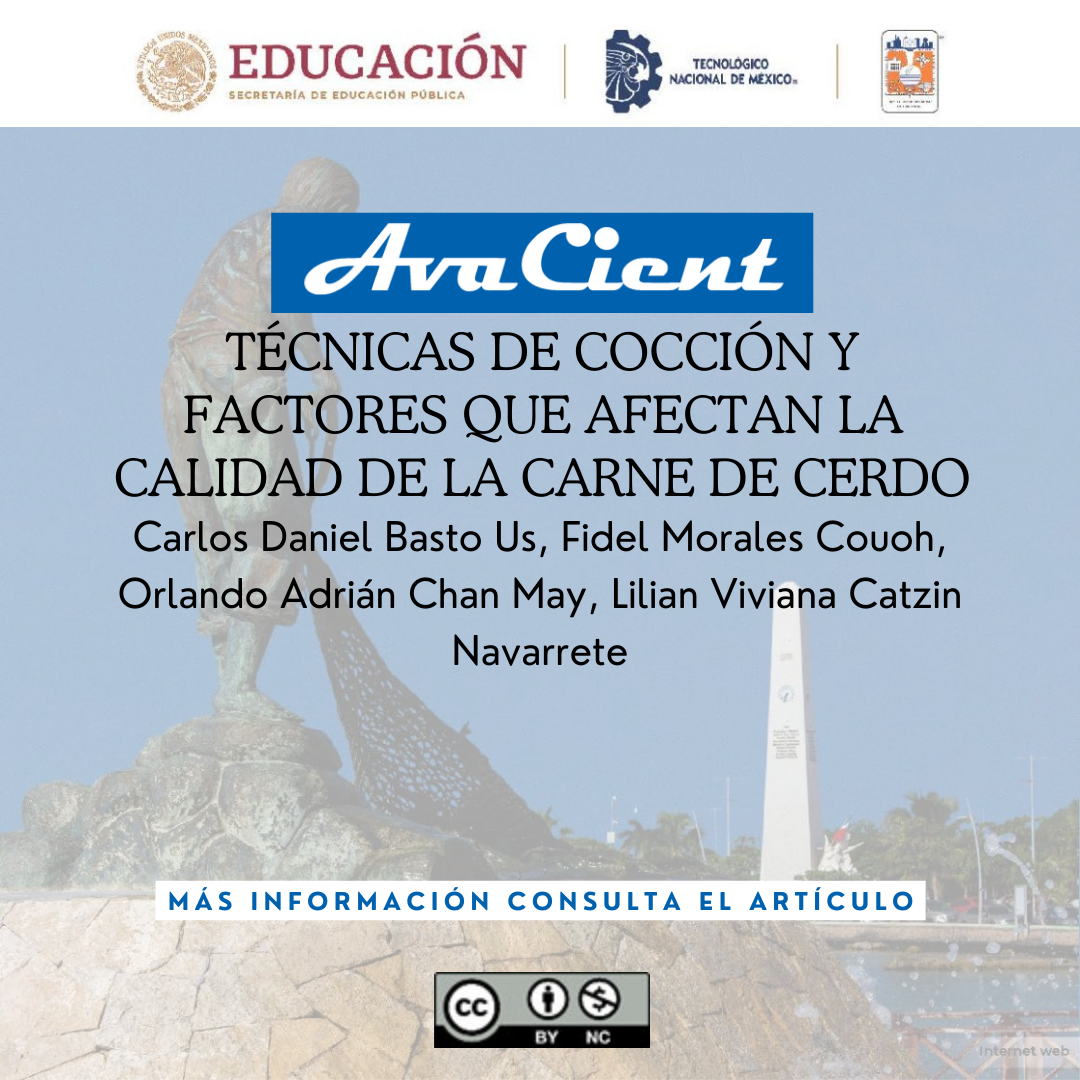
Descargas
Publicado
Cómo citar
Número
Sección
Licencia
Derechos de autor 2024 AvaCient

Esta obra está bajo una licencia internacional Creative Commons Atribución-NoComercial 4.0.


